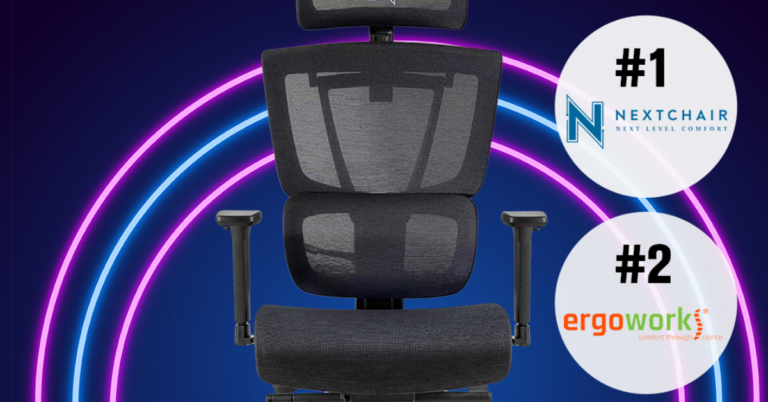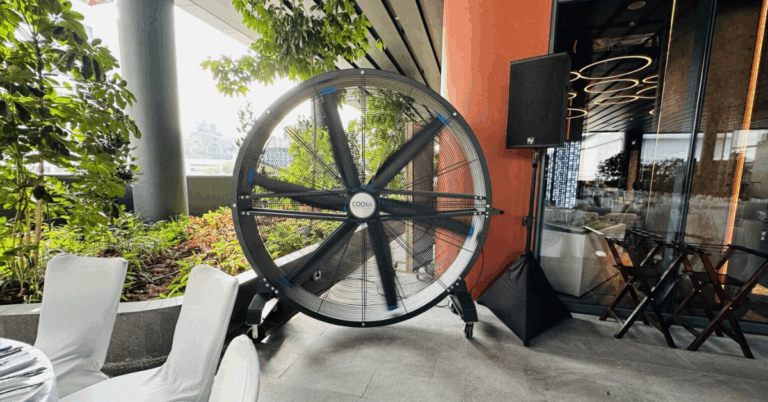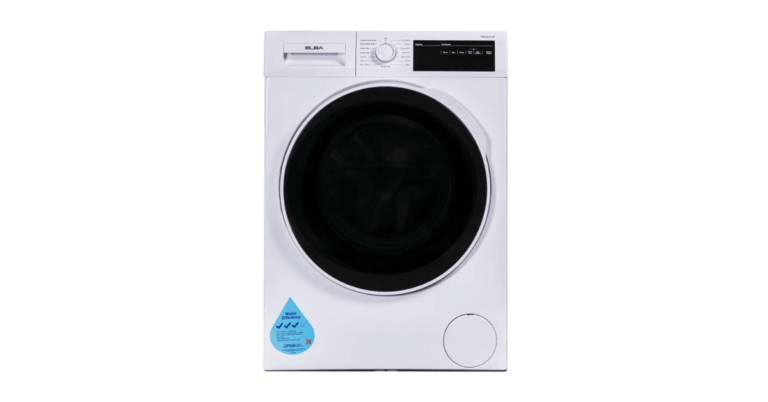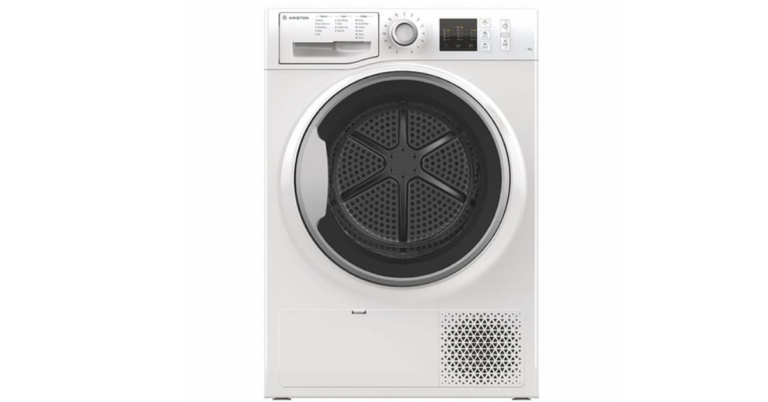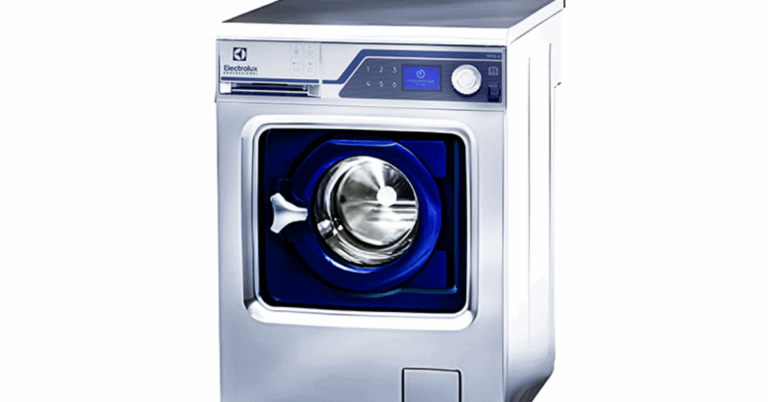Precision Cooling on the High Seas: The Role of Cruise Ship Spot AC Units
When sailing the world’s oceans aboard a cruise ship, comfort isn’t just a luxury it’s a necessity. Among the many systems that keep passengers and crew comfortable, the Cruise Ship Spot Ac Unit plays a vital yet often underappreciated role. While the ship’s central HVAC system handles large-volume cooling, spot AC units deliver targeted airflow and temperature control in areas where the main system might struggle or where localized cooling is needed. In this article, we’ll explore what makes a spot AC unit indispensable for marine and cruise environments, the technical and operational challenges behind their use, and best practices for integrating them into ship cooling strategies.
What Is a Spot AC Unit And Why Cruise Ships Need Them
A spot air conditioner, sometimes called a spot cooling unit, is a compact, high-efficiency system designed to deliver focused cooling to a specific area or “spot.” Unlike central systems that cool entire compartments, spot ACs excel at meeting localized demands — for example, small rooms, emergency zones, equipment alcoves, or entryways where the main system’s ducts cannot reach or where additional capacity is temporarily required.
On cruise ships, the reasons to deploy spot AC units include:
-
Emergency or ad-hoc cooling: During maintenance or breakdowns of ductwork or zones in the main system, a spot AC can temporarily cover the cooling load.
-
Supplementary cooling: Certain spaces like server rooms, control panels, engine control rooms, or backup generator compartments may require extra cooling beyond what the main system provides.
-
Localized comfort: In seldom-used cabins, crew quarters, or medical rooms where central distribution is inefficient, a spot AC can provide efficient, dedicated conditioning.
-
Redundancy and flexibility: A fleet’s resilience improves when smaller backup systems are in place to maintain critical zones in the event of central system failure.
Because of these use cases, marine-grade spot AC units are engineered with corrosion resistance, vibration tolerance, and power system compatibility in mind.
Key Design and Performance Requirements for Marine Spot AC Units
To succeed aboard a cruise ship, spot AC units must satisfy a rigorous set of requirements. Below are the pivotal factors designers and operators must consider:
1. Corrosion Resistance and Durability
The maritime environment is a harsh one — salt spray, high humidity, and temperature swings challenge conventional HVAC equipment. Spot AC units need housings, coils, and components built from anti-corrosive materials (such as marine-grade aluminum or stainless steel) and protected finishes. Seals and gaskets must resist salt intrusion over time.
2. Compactness and Space Efficiency
Real estate onboard a ship is premium. Spot AC units must be compact, lightweight, and often modular, allowing them to fit into tight bulkheads or confined equipment rooms. Their ducting (if any) needs to be minimal and optimized for installation flexibility.
3. Power System Compatibility
Cruise ships typically operate on specific voltages and frequencies (e.g., 440 V 60 Hz, or other shipboard standards). A spot AC unit must match these or include compatible inverters. It must also start smoothly under variable shipboard power conditions without inducing voltage drops or harmonic disturbances.
4. Vibration and Shock Resistance
Shipboard environments expose equipment to constant motion and vibration. Spot AC units require resilient mounting, shock-isolating components, and internal designs that can tolerate continuous dynamic stresses without premature failure.
5. Efficiency and Load Management
Energy is a prized resource onboard. A spot unit should deliver a high Coefficient of Performance (COP) across varying loads. Adaptive control algorithms help the unit modulate capacity rather than always run at max — reducing power consumption and wear.
6. Condensate Handling and Drainage
In humid, salty air conditions, condensation is inevitable. Spot AC units must be capable of managing condensate reliably, ensuring no pooling or drip onto sensitive machinery. Adequate drainage paths or condensate pumps may be needed depending on location.
7. Redundant Features and Serviceability
Components such as fans, compressors, and filters should be easily accessible for maintenance or swapping. In mission-critical zones, a “dual” or redundant configuration may be built in so the system can route around a failed unit.
Applications of Spot AC on Cruise Ships
Here are several typical deployment zones for spot AC units aboard cruise vessels:
-
Control Rooms / Bridge Wings: Precious electronics and navigational systems require stable cooling to operate reliably.
-
Server Rooms / Data Centers: IT infrastructure demands unobstructed, continuous cooling.
-
Small Guest Cabins or Special Rooms: Spaces that are off the main duct network or have atypical loads (e.g., extra guests, medical support rooms) may be served best by local spot cooling.
-
Galley or Galley Alcoves: Supporting small enclosed cooking or prep zones can relieve strain on the main cooling system.
-
Isolation or Medical Rooms: These rooms often need independent climate control with fail-safe reliability.
-
Equipment Alcoves / Motor Control Centers: Electrical switchgear or pumps generate heat that localized coolers can more efficiently regulate.
Integration Strategies: How Spot AC Units Fit into the Ship Cooling Ecosystem
When integrating spot AC units into a cruise ship’s cooling architecture, it’s essential to take a holistic approach:
A. Zoning and Load Analysis
Begin by analyzing thermal loads, airflow constraints, and heat sources in candidate zones. Use computational fluid dynamics (CFD) or thermal modeling to understand temperature gradients. This informs the desired capacity and airflow configuration of each spot AC.
B. Interface with Central Systems
Spot units shouldn’t compete with the central system. Instead, control logic should coordinate with central controllers. For example, when a spot AC is active, the main system can reduce output to that zone to prevent overshoot or inefficient parallel conditioning.
C. Control and Monitoring
Modern spot AC units include digital controls, network connectivity (e.g., via ship-wide automation networks), and monitoring. Alarms for power, airflow, or temperature deviations help crew respond early to issues.
D. Installation Considerations
Mounting, venting, and duct routing must comply with marine standards. Consider vibration isolation, ease of access, and sealing to protect against salt spray. Drain lines must be carefully designed, and electrical connections robust.
E. Maintenance and Spare Parts
Maintain a spare-parts inventory (filters, blower motors, fan belts, sensors) and adopt a preventive maintenance schedule. Units should be inspected regularly for corrosion, refrigerant levels, and control calibration.
Operational Challenges and Mitigation
Deploying spot AC onboard cruise ships brings unique operational challenges. Here are the most common and strategies to address them:
1. Salt Contamination and Corrosion
Mitigation: Use coated coils, corrosion-resistant materials, and protective housings. Regular washdowns and protective covers during dry periods help.
2. Power Surges and Shipboard Transients
Mitigation: Incorporate surge protection, soft-start mechanisms, and power conditioning devices to safeguard compressors and electronics.
3. Balancing Airflow with Central System
Mitigation: Use coordinated control strategies with sensors and feedback loops so the spot AC doesn’t “fight” the main system.
4. Condensate Backup or Drain Blockage
Mitigation: Design redundant drainage or condensate pumps. Regular inspection of drain lines is crucial.
5. Vibration Fatigue
Mitigation: Employ vibration-isolating mounts, flexible connectors, and robust structural supports.
6. Limited Space and Access
Mitigation: Modular design and planning during ship retrofits make installation and servicing easier.
Benefits and Value Proposition
Using spot AC units on cruise ships delivers several compelling benefits:
-
Targeted Efficiency: Cooling only the necessary space saves energy compared to overconditioning with central systems.
-
System Redundancy: Having independent coolers enhances resilience in case of central unit failures.
-
Greater Flexibility: Spot units can be moved, repurposed, or added as needs shift (e.g. new cabins, rerouted zones).
-
Operational Continuity: Critical equipment and zones remain climate-controlled even during ductwork repairs or maintenance.
-
Cost Savings Over Time: Reduced stress on central systems may extend their service life and lower maintenance costs.
Case Example: Specifying a Marine Spot AC Unit
To illustrate how one might specify a spot AC for a cruise environment, consider the following design sketch:
-
Cooling load: 6.5 kW (≈ 22,000 BTU) for a control room chamber
-
Water tank / condensate capacity: 12 L
-
Power input: 220–240 V, 50/60 Hz
-
Net weight & footprint: Compact design to fit in a 520 × 570 × 1190 mm envelope
-
Control features: Smart control, modulating capacity, alarms, connectivity
-
Corrosion features: Salt-resistant finishes, sealed enclosures, drainage protections
Such units often come from brands specializing in marine air conditioning, and must undergo marine certifications and trials to ensure they endure rolling motions, salt intrusion, and electrical transients.
Best Practices for Ship Operators
Here are operational guidelines for ships using or planning to install spot AC units:
-
Early planning in design or retrofit — ensure access, power routing, and drainage paths are pre-laid.
-
Standardize units where possible — using common models simplifies spares and maintenance.
-
Institute preventive maintenance — inspect frequently for corrosion, filter clogging, drain blockages, and refrigerant leaks.
-
Train engineering crew — ensure staff understand spot unit control, diagnostics, and safe handling.
-
Leverage monitoring and analytics — collect operational data to optimize usage and detect anomalies early.
-
Periodically test failover scenarios — simulate failure of central cooling to ensure spot units can maintain critical loads.
-
Document installation and modifications — maintain service records, wiring diagrams, and part lists.
Conclusion
In the world of cruise ship cooling systems, spot AC units perform a precise, vital function. They are the “first responder” systems for localized hot zones, system failures, and supplemental loads that the main HVAC can’t economically or physically address. To succeed in maritime use, spot AC systems must meet stringent demands of durability, power compatibility, efficiency, and serviceability.
By carefully integrating spot cooling into the ship’s broader thermal management plan, cruise operators can ensure better passenger comfort, protect critical equipment, and enhance overall system resilience — all while keeping energy and maintenance costs in check.


